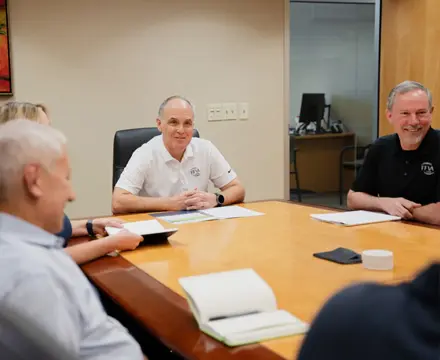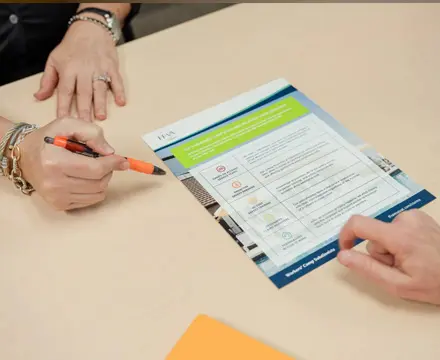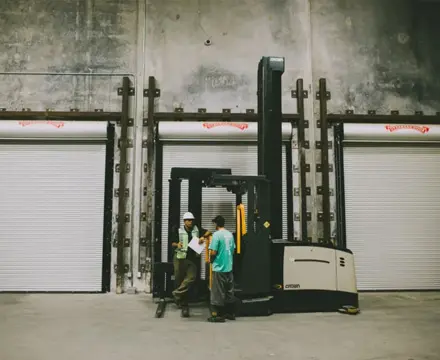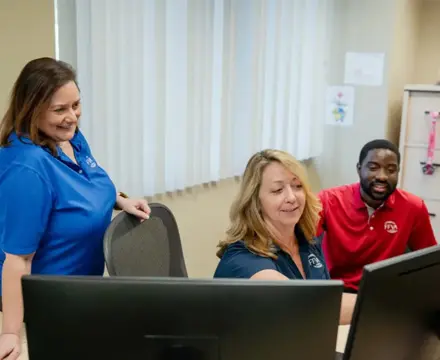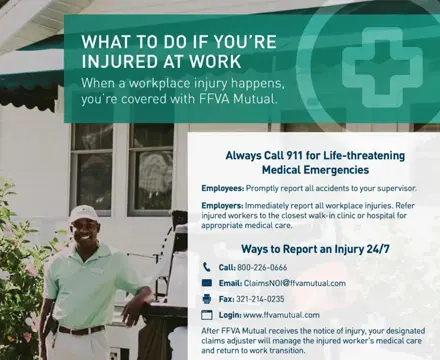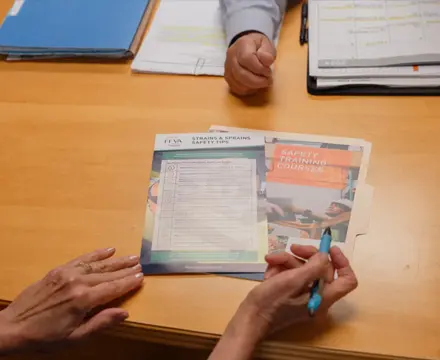Return to Work (RTW) programs provide employers and injured workers with step-by-step guidance for every stage of the recovery process, from reporting workplace accidents to transitioning back to a normal schedule. This full-spectrum approach allows managers to develop a flexible framework that can be adapted to the unique needs of an injured employee. How do employers Build and Grow a Successful Return to Work Program?
What Makes RTW Programs Successful
Return to Work programs should accommodate an injured or ill employee’s temporary work restrictions and demonstrate your organization’s commitment to their health and wellness. For example, asking for an injured worker’s input on light-duty tasks helps them stay motivated and productive until they are able to return. A landmark study from the Institute for Work & Health identified 7 principles of successful RTW programs that every employer should keep in mind, including:
- A strong commitment to health and safety is essential for building productive relationships before and after an accident happens.
- Accident prevention strategies strive for continuous operational improvement to ensure employees have a safe place to work.
- Assigning a designated RTW coordinator to act as the primary point-of-contact can reduce oversight and streamline an injured employee’s post-injury transition.
- RTW policies that support all parties involved has a positive effect on your entire workforce, which is why RTW coordinators should consider employees and managers alike.
- Regular communication during recovery helps injured employees feel connected to the workplace and communicates a sense of goodwill and confidence.
- Direct collaboration with healthcare providers reduces work disability durations by accommodating the exact limitations of an injured employee.
- Offering injured/ill employees light-duty assignments directly supports an employee’s early and safe return to work.
Even if your company does not have a full-time HR manager or return to work coordinator, these principles assist any manager tasked with creating a Return to Work framework. If you’re looking to start or improve your RTW program, download FFVA Mutual’s customizable sample policy.

Ways to Create Effective RTW Policies
Communication is the most important component of RTW policies. Open and honest dialogue among supervisors, returning workers and claims adjusters is essential to a positive outcome. Collaboration is key, as every person involved in an injury claim has a specific role to play in the recovery process.
Successful RTW policies and processes should address each employer’s unique conditions, as every industry has different occupational hazards. An injured or ill employee’s ability to return to full-time work often depends on their specific role and recovery needs. However, some general policy ideas are useful in a wide range of workplace settings, such as:
- Utilizing the 3 W’s of injury reporting:
- When to report a workplace injury
- Who to report to, and
- Where to seek medical treatment
- Outlining employer and employee responsibilities: Develop a recovery roadmap that encourages ongoing dialogue between employer, employee, medical provider and workers’ comp insurance carrier.
- Establishing transitional, modified light-duty work assignments: Create a detailed list of modified work tasks that are less physically demanding than normal job duties.
These types of policies provide valuable guidance for anyone involved in the RTW process and are most effective when they’re put in place before a workplace injury or illness happens.
The Importance of Modified, Light-Duty Assignments
Waiting until an employee fully recovers before bring them back to work comes with a variety of risks. According to the International Association of Industrial Accident Boards and Commissions, there’s only a 50% chance they will return to work following a 6-month absence. The need for a safe and timely transition introduces quite a bit of complexity into the RTW process, as injured workers will likely have different limitations that may prevent them from performing their normal responsibilities.
The best way to support an employee’s return to work is to offer them modified or light-duty tasks that allow them to stay involved and engaged while they recuperate. The specific assignments you select must take into account the worker’s physical condition and the recommendations of their healthcare provider. These temporary duties help with the reintegration process and demonstrate that the employee is a crucial member of your team. Keep in mind, light-duty assignments should not feel like a chore, so it’s important to take individual preferences into account.
A few examples of common light-duty tasks include:
- Training other workers and new employees
- Maintenance, equipment inspection
- Accounts payable/receivable
- Job supervision and reporting
- Administrative/office
- Inventory
Having a personalized plan in place keeps employees motivated about their recovery and helps them get back on their feet after an injury. To learn more about Return to Work programs, download FFVA Mutual’s RTW eBook today!





